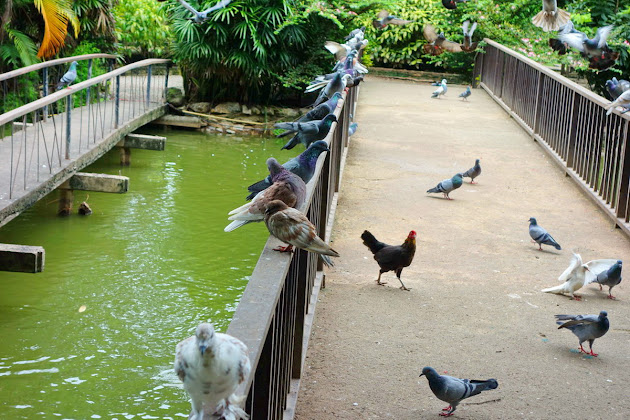Umong Temple Peaceable wat and plenty of attention-grabbing areas to visit
Definitely considered one of Chiangmai’s most uncommon and fascinating temples, Umong Temple, (or ‘tunnel temple’ - umong which means tunnel in Thai), is set in wooded grounds near the foot of Doi Suthep.
Stroll the temple grounds beneath timber and across trails, or discover the underground tunnels, featuring many shrines to Buddha. It is stated that the tunnels, dug underneath a man-made mound, were created to keep a highly regarded monk who was vulnerable to wandering from getting too removed from the temple. It was later abandoned, adding to its historical, wooded really feel-but at the moment a number of monks stay on the site. Its tranquil atmosphere makes it a well-liked spot for meditation.
Probably the most spectacular features to Wat Umong is its tunnels, dating again to the thirteenth century. After eradicating your shoes, the air, which smells of spicy incense and humbling earth, turns into obviously cooler as you stroll through one of many three entrances. Inside, there are a number of Buddha statues in enclaves where locals will leave incense and flowers and pray. Upon going deeper contained in the cave-like tunnel, make sure you search for on the ceiling. Historic drawings can still be seen and for those who look carefully you can make out patterns and even elephants. These ancient frescoes carry the historic significance of Wat Umong to light. I couldn’t help however let my imagination take me to hundreds of years prior to a time when these light colours were vivid and colourful, as monks roamed the halls. One other fascinating aspect to Umong Temple is the relatively massive golden stupa that sits atop the ancient tunnels. I discovered this stupa reasonably photogenic in its simple and natural setting, particularly towards a blue sky. I notably preferred shedding my sneakers and becoming a member of the locals walking around the stupa thrice in a clockwise direction, giving me a more real and genuine expertise at the temple.
Peaceable and peaceful, nestled in a forest west of Old City. Solely eight min by automobile without traffic but felt isolated. While not a glitzy, renovated nor tidy Wat, there are varied and interesting options - an old stupa; tunnels leading to places of worship set into the hillside, crumbling (sadly, prolonged) statues and dramatic balustrades running alongside a set of steps, a templeful of chanting monks, forested and shady grounds. Nice for photos - the brickwork appears outdated, lichen and weed coated. Need not spend numerous time here but its a refreshing change of pace to the always crowded Doi Suthep and other well-liked temples.
How you can get to the Umong Temple
All in all an interesting spot to visit and a nice, tranquil website to whereas away some time. It’s a bit far to stroll but solely a 10-15 minute tuk tuk or motorbike experience from downtown or contact Tour Agency in Chiang Mai being fairly reasonably priced and simply mixed with a visit to Doi Suthep. (You could cease off on the fascinating Ton Payom Market on the way.) Tuk tuk’s will probably ask for 100 baht and you may wish to ask the motive force to attend since they’re few and far between in these parts. Just a little bit fiddly to get to by bicycle or bike so probably easier to grab a map rather than attempting to explain.
Entry price & opening hours
The temple opens day by day from 6 am until 5 pm. Entrance fee is free.













